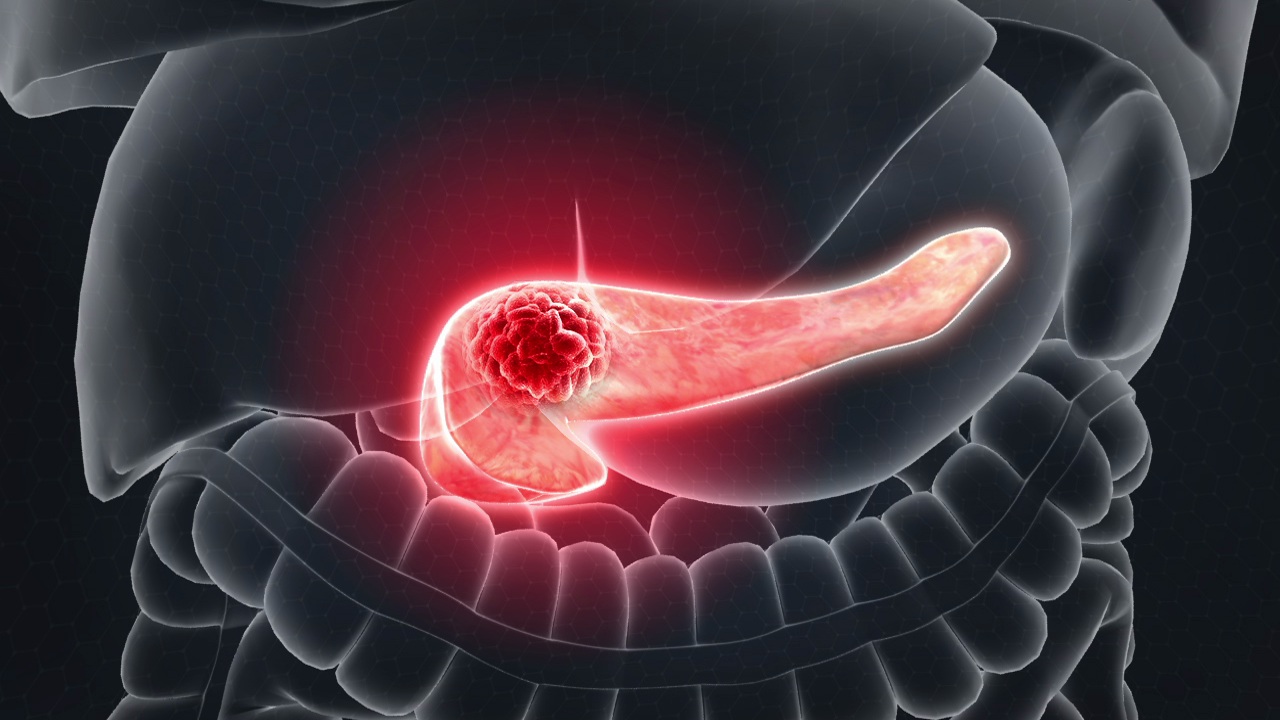
Senthil Kumar: First-Line Therapy for Metastatic Pancreatic Cancer
Senthil Kumar, Medical Oncologist at Red Hills, Chennai shared a post on X:
“First-Line Therapy for Metastatic Pancreatic Cancer.
Triplets: Standard Regimens.
FOLFIRINOX (Triplet)
Trial Name: PRODIGE 4/ACCORD 11.
Components: Oxaliplatin, irinotecan, leucovorin, 5-FU.
Efficacy:
- Median OS: ~11.1 months (vs. 6.8 months for single-agent Gemcitabine).
- Median PFS: ~6.4 months (vs. 3.3 months for Gemcitabine).
Toxicity: High rates of neutropenia (~47%), fatigue (~25%), diarrhea (~23%), neuropathy (~18%).
Patient Selection:
- Fit patients (ECOG 0-1).
- Non-jaundiced.
- No significant baseline neuropathy (e.g., diabetic neuropathy).
NALIRIFOX (Triplet)
Trial Name: NAPOLI-3
Components: Liposomal irinotecan, oxaliplatin, leucovorin, 5-FU.
Efficacy:
- Median OS: 11.1 months (vs. 9.2 months for GnP).
- Median PFS: 7.4 months (vs. 5.6 months for GnP).
- ORR: 42%.
Toxicity:
- More nausea, vomiting, and diarrhea.
- Less neuropathy and neutropenia compared to FOLFIRINOX.
Consideration: High cost may limit accessibility.
Gemcitabine + Nab-Paclitaxel (GnP)
Trial Name: MPACT.
Components: Gemcitabine and nab-paclitaxel.
Efficacy:
- Median OS: ~8.5 months (vs. 6.7 months for single-agent Gemcitabine).
- Median PFS: ~5.5 months (vs. 3.7 months for Gemcitabine).
Toxicity:
- Neutropenia (~28%), fatigue (~20%), peripheral neuropathy (~17%).
- Alternate Biweekly Regimen:
- Offers reduced toxicity while maintaining comparable efficacy.
Patient Selection:
- Moderate performance status (ECOG 1-2).
- Non-jaundiced.
Role of Biomarkers in Therapy
BRCA Mutations
Germline BRCA-Positive: Maintenance of Olaparib after 16 weeks of platinum-based therapy (e.g., FOLFIRINOX or cis-Gemcitabine) in nonprogressors.
POLO Trial Outcomes:
Median PFS:
- 7.4 months (vs. 3.8 months for placebo).
- No OS advantage.
Germline/Somatic BRCA or PALB2 Mutations: Rucaparib can be used post-platinum-based regimens (e.g., FOLFIRINOX, cis-Gemcitabine, Gem-Ox, FOLFOX).
HRD
- Responds well to platinum-based doublets.
- Tumor-Agnostic Markers
- May be treated with targeted therapy in first-line
MSI-High: Treated with Pembrolizumab or Nivolumab + Ipilimumab.
RET Fusion: Targeted by Selpercatinib.
NTRK Fusion: Treated with Larotrectinib, Entrectinib, or Repotrectinib.
BRAF V600E Mutation:
- Treated with Dabrafenib + Trametinib.
- DYPD Testing
Importance: Detects dihydropyrimidine dehydrogenase deficiency to reduce the risk of severe 5-FU-related toxicity by adjusting doses accordingly.
Final Insights
Fit, Non-Jaundiced Patients (ECOG 0-1):
Triplet Regimens: Choose between NALIRIFOX and FOLFIRINOX based on affordability and toxicity profile.
NALIRIFOX vs. FOLFIRINOX:
- More nausea, vomiting, and diarrhea.
- Less neuropathy and neutropenia.
- Slightly better ORR for NALIRIFOX
- Higher cost for NALIRIFOX.
- After an induction course of 4-6 cycles, transition to a maintenance doublet (e.g., FOLFIRI) to reduce neuropathy and overall toxicity.
Moderately Fit, Non-Jaundiced Patients (ECOG 1-2):
Gemcitabine + Nab-Paclitaxel (GnP): The standard regimen is effective.
Biweekly regimen: Equally effective and less toxic, making it a viable option.
Jaundiced Patients:
Biliary Drainage: Optimize biliary drainage before initiating systemic therapy.
If Drainage is Not Feasible: Consider FOLFOX or Gemcitabine at a reduced dose of 800 mg/m² to minimize toxicity while managing the disease.
Poor Performance Status (ECOG 3): Supportive care or single agents, with cautious use of doublets.
Very Poor Performance Status (ECOG 4): Best supportive care (BSC).
In the presence of tumor agnostic biomarkers like MSI – high, NTRK, RET, BRAF, the specific target therapies may be used.”
More posts featuring Senthil Kumar.
-
Challenging the Status Quo in Colorectal Cancer 2024
December 6-8, 2024
-
ESMO 2024 Congress
September 13-17, 2024
-
ASCO Annual Meeting
May 30 - June 4, 2024
-
Yvonne Award 2024
May 31, 2024
-
OncoThon 2024, Online
Feb. 15, 2024
-
Global Summit on War & Cancer 2023, Online
Dec. 14-16, 2023
